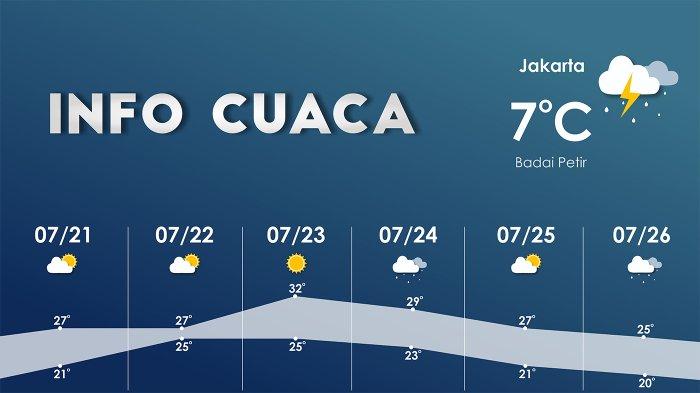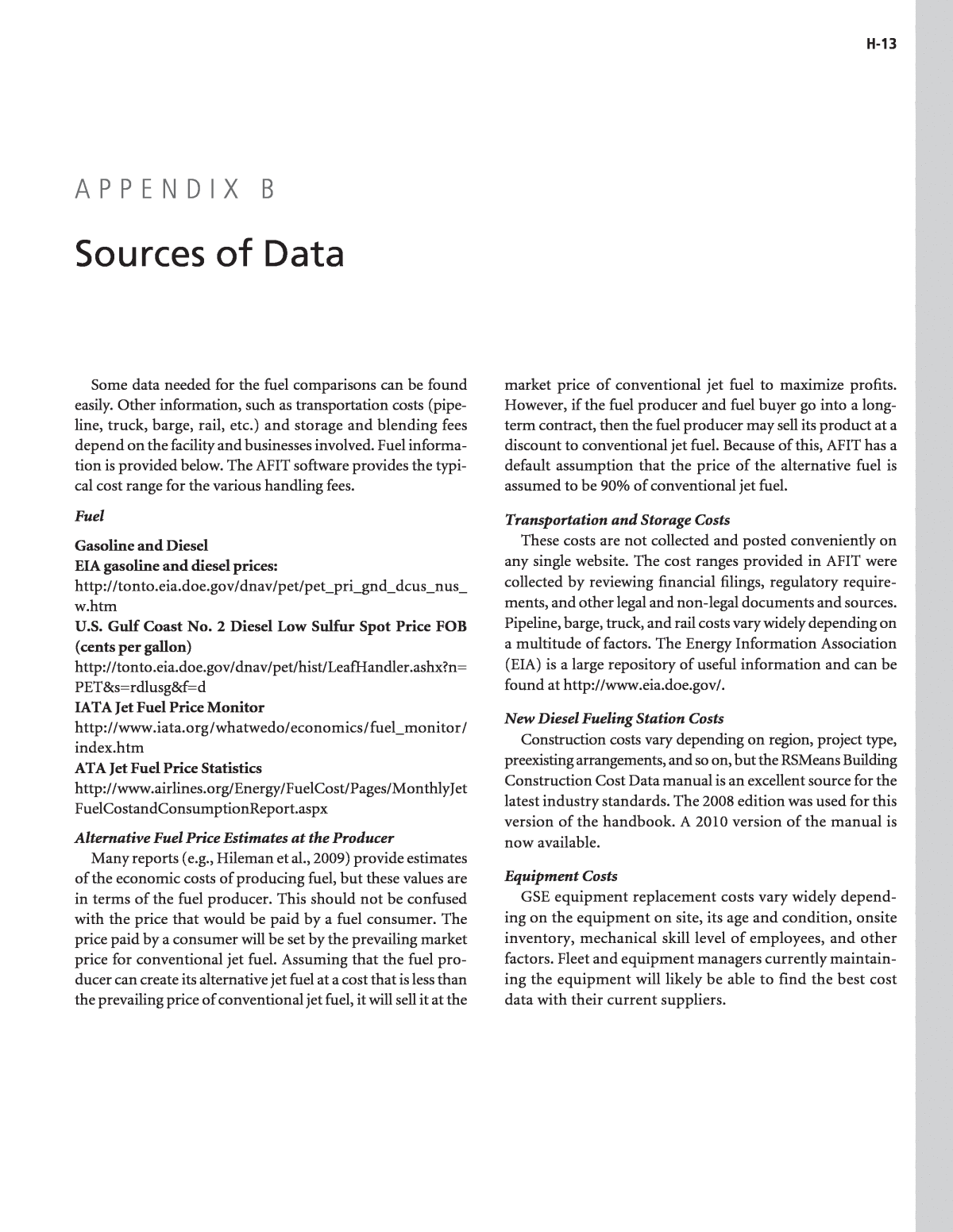Affordable Rent Protections: Potential Rollback And Market Impact

Table of Contents
Current State of Affordable Rent Protections
Existing rent control laws and protections vary significantly across different regions. Some areas have implemented rent caps, limiting the amount landlords can increase rent year-over-year. Others have temporary or permanent eviction moratoriums in place to protect tenants from displacement. The strength and scope of these protections are far from uniform.
Variations in Legislation
Rent protection laws differ dramatically across states and even within cities.
- Examples of specific legislation and their key provisions: For example, some states have statewide rent control laws with specific percentage limits on annual rent increases, while others rely on local ordinances that may be more or less stringent. Some jurisdictions might offer stronger protections for specific demographics, like senior citizens or low-income families. The details of these laws often dictate their effectiveness.
- Geographic distribution of strong vs. weak rent protection laws: Coastal cities and areas with high population density tend to have more robust rent control measures compared to rural areas or those with slower population growth. California, Oregon, and New York have been at the forefront of rent control implementations, while many southern and midwestern states have far fewer regulations.
- Specific cities known for robust rent control: Cities like New York City, San Francisco, and Los Angeles have long histories of rent control, though the specifics and effectiveness of their regulations have been debated extensively.
Effectiveness of Current Protections
The effectiveness of current rent protection laws in mitigating rising rents is a subject of ongoing debate.
- Data on rent increases in protected vs. unprotected areas: Studies comparing rent increases in areas with strong rent control to those without often show lower increases in the protected areas, but the magnitude of the difference varies greatly depending on the specifics of the legislation and the local market dynamics.
- Success stories and failures of rent control implementation: While some jurisdictions have successfully used rent control to stabilize rents and prevent displacement, others have seen unintended consequences, such as reduced investment in housing maintenance and a decrease in the supply of rental units.
- Impact on tenant stability and housing affordability: Rent control can increase tenant stability by reducing the likelihood of displacement due to rent increases. However, the impact on overall housing affordability is more complex and depends on factors such as the availability of affordable housing options outside of rent-controlled areas.
The Potential Rollback of Rent Protections
The potential rollback of affordable rent protections is driven by a confluence of economic and political factors.
Economic Arguments Against Rent Control
Opponents of rent control often argue that it distorts market mechanisms and leads to negative consequences.
- Explanation of supply and demand dynamics in the rental market: They contend that rent control artificially lowers prices, leading to increased demand and decreased supply. This can result in shortages, longer waiting lists, and a decline in the quality of rental housing.
- Potential impact on property values and landlord profitability: Reduced rental income can decrease property values and reduce landlords’ profits, potentially discouraging investment in maintenance and improvements. This argument often centers on the idea that landlords need to make a profit to maintain and improve their properties.
- Concerns about discouraging new housing construction: The argument is that rent control makes new construction less profitable, thus discouraging developers from building new rental units, exacerbating the housing shortage.
Political Factors Influencing Rollbacks
Political dynamics significantly influence the fate of rent protection laws.
- Key political actors and their positions on rent control: Landlord associations and real estate developers often lobby against rent control, while tenant advocacy groups and progressive politicians typically support it. The political alignment of elected officials at the local, state, and national levels plays a crucial role in shaping rent control legislation.
- Influence of lobbying groups representing landlords and tenants: Both sides invest heavily in lobbying efforts to influence legislation, creating a dynamic political battleground over affordable housing policies. The power and influence of these groups can significantly impact the outcome of policy debates.
- Political climate and its impact on affordable housing policies: The overall political climate, including the prevailing economic conditions and societal priorities, influences the likelihood of rent control rollbacks. Times of economic hardship might see a renewed focus on protecting tenants, while periods of economic prosperity may lead to less political support for such measures.
The Market Impact of a Rollback
Removing or weakening rent protections could have significant and potentially devastating consequences.
Increased Rent Burden
A rollback of protections would likely lead to substantial rent increases.
- Project potential rent increase percentages: The magnitude of rent increases would depend on several factors, including the existing level of rent control, the elasticity of demand, and the overall strength of the housing market. However, significant increases are highly likely in areas currently benefiting from strong protections.
- Impact on vulnerable populations (low-income families, seniors): Low-income families and seniors are particularly vulnerable to rent increases, potentially facing displacement or a dramatic reduction in disposable income. The consequences can include reduced access to necessities, increased healthcare burdens, and a rise in homelessness.
- Potential for increased homelessness and housing insecurity: Rent increases beyond the reach of vulnerable populations could significantly contribute to rising homelessness and housing insecurity, creating a ripple effect throughout the community.
Impact on Housing Supply and Availability
The consequences on the housing supply and availability are complex and potentially negative.
- Potential decrease in rental property availability: Landlords may choose to sell their properties or convert them to other uses if rental income is insufficient to cover expenses. This could lead to a decrease in the overall supply of rental housing.
- Impact on the construction of new affordable housing units: If developers anticipate higher returns from market-rate housing, they might be less inclined to invest in the development of new affordable housing units, potentially worsening the existing shortage of affordable housing.
- Discussion of the long-term effects on housing markets: The long-term effects of a rollback of affordable rent protections could include increased inequality, greater housing insecurity, and diminished social mobility. These effects would vary depending on local market conditions and the nature of the rollback.
Conclusion
The potential rollback of affordable rent protections poses a significant threat to renters and the housing market. The key takeaway is that weakening or eliminating these protections could lead to substantial rent increases, reduced housing availability, and heightened housing insecurity, particularly for vulnerable populations. The economic arguments against rent control, while presented with data, should be balanced against the social costs of inadequate housing and the potential for increased homelessness. The political landscape surrounding this issue is complex, but the fundamental need for safe and affordable housing remains paramount.
Call to Action: Stay informed about legislative changes affecting affordable rent protections in your area. Contact your elected officials to express your concerns and advocate for policies that ensure access to safe, affordable housing for all. Understanding the implications of changes to affordable rent protections is crucial for protecting your rights and advocating for fair housing policies. Your voice matters in shaping the future of affordable housing in your community.

Featured Posts
-
 Mfajat Almwsm Ayndhwfn Yfwz Blqb Aldwry Alhwlndy
May 28, 2025
Mfajat Almwsm Ayndhwfn Yfwz Blqb Aldwry Alhwlndy
May 28, 2025 -
 Manchester United Among Frontrunners To Sign Rayan Cherki
May 28, 2025
Manchester United Among Frontrunners To Sign Rayan Cherki
May 28, 2025 -
 Hugh Jackman And Deborra Lee Furness Divorce A Timeline Of Their Split
May 28, 2025
Hugh Jackman And Deborra Lee Furness Divorce A Timeline Of Their Split
May 28, 2025 -
 Semarang Hujan Pukul 1 Siang Prakiraan Cuaca Besok 26 Maret Di Jawa Tengah
May 28, 2025
Semarang Hujan Pukul 1 Siang Prakiraan Cuaca Besok 26 Maret Di Jawa Tengah
May 28, 2025 -
 Justin Baldonis Lawyer Hits Back At Ryan Reynolds A Detailed Look
May 28, 2025
Justin Baldonis Lawyer Hits Back At Ryan Reynolds A Detailed Look
May 28, 2025
Latest Posts
-
 Challenges And Opportunities Analyzing The Chinese Auto Market For Brands Like Bmw And Porsche
May 31, 2025
Challenges And Opportunities Analyzing The Chinese Auto Market For Brands Like Bmw And Porsche
May 31, 2025 -
 The Spanish Blackout Iberdrolas Claim Against The National Grid Fuels Investigation
May 31, 2025
The Spanish Blackout Iberdrolas Claim Against The National Grid Fuels Investigation
May 31, 2025 -
 Spains Power Outage Iberdrola Points To Grid Failure Heightening Tensions
May 31, 2025
Spains Power Outage Iberdrola Points To Grid Failure Heightening Tensions
May 31, 2025 -
 Spanish Blackout Fallout Iberdrolas Accusation Shifts Focus To National Grid
May 31, 2025
Spanish Blackout Fallout Iberdrolas Accusation Shifts Focus To National Grid
May 31, 2025 -
 Spain Blackout Whos To Blame Iberdrolas Grid Allegations Spark Debate
May 31, 2025
Spain Blackout Whos To Blame Iberdrolas Grid Allegations Spark Debate
May 31, 2025
